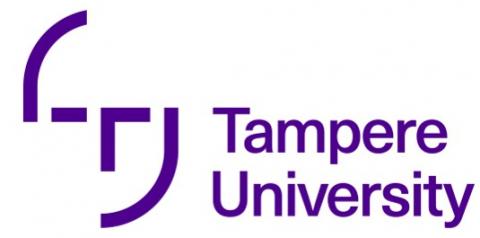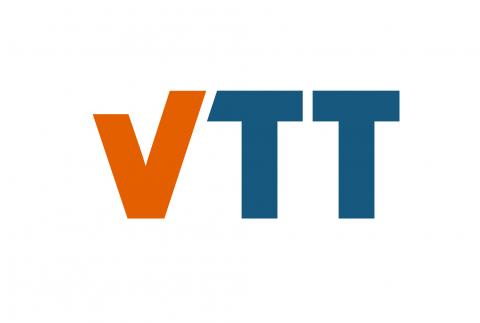Process control and optimisation in the Chemical process industry
By Rob Meier (https://www.linkedin.com/in/robert-meier-b81169a/)
In the process industry, even though this varies from one area to the other one, processes should run at maximum performance which, however, is not simply maximum throughput.
It is a function of maximizing throughput while maintaining certain selectivity and certain acceptable raw materials consumption. Too large raw materials consumption can lead to high by-product formation which generally leads to a lot of waste, or possibly to a large recycle. In chemical industry downstream processing in often at serious cost, i.e. the purification of the product stream by applying separation techniques, e.g. distillation, extraction, crystallization, etcetera. More recently also energy consumption and emissions have become very relevant (sustainability). The combination of these parameters together with market prices and market demand determine the settings of plant operations.
For some processes different product qualities may be produced, where obviously the higher quality has the highest demands on the process conditions too, in general. In the one year mainly high quality product with high margins can be sold, whereas in a year of high demand it is possible that even off-spec product can be sold.
This highlights an important point when we speak about plant optimization by process control: the control system should, in the ideal case, be flexible, i.e. adaptable to the situation. This does not only apply to the demand side, but also to the raw material quality. In some processes, low level impurities in the raw material can lead to large negative impact on the quality of the process and final product.
In practice production processes comprise different steps, involving different unit operations. Optimizing plant performance implies the simultaneous description of all these units. The scheme below illustrates this (melamine production).
All process parameters, valve setting, ….., should be part of the process model

The quality of raw materials and of the final product determines the process settings
It must also be taken into account the different type of processes:
-
Continuous processes: a chemical that is needed in a large amount is usually made by a continuous process. Production goes on all the time. An example is the production of ammonia by the well-known Haber process.
-
Batch processes: a chemical that is needed in a small amount or only as needed (a specialty chemical) is usually made by a batch process. Production does not go on all the time. Pharmaceutical drugs (medicines) are made by batch processes, but also polymeric resins usually are.
Both processes have their individual characteristics and might need their own specific modeling approach.
Follow the discussion in the COCOP Debate Group of Linkedin.















